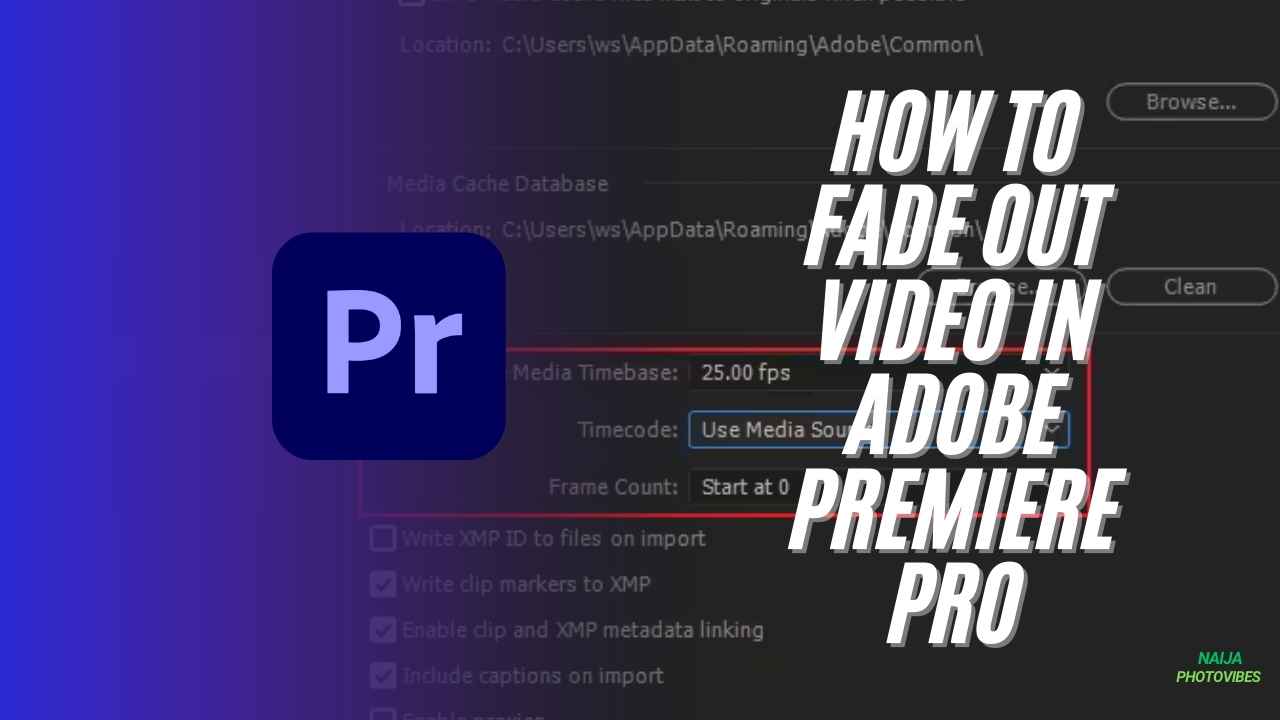Timecode is an essential tool for video editors. It acts like a digital stopwatch, displaying the exact position within your video sequence. This information proves invaluable during editing, allowing for precise navigation, collaboration, and reference points. Whether you’re a seasoned editor or just starting, mastering timecode in Premiere Pro can significantly enhance your workflow.
This comprehensive guide will equip you with the knowledge to confidently add timecode to your projects in Premiere Pro. We’ll delve into different methods, explore customization options, and address troubleshooting tips along the way.
Understanding Timecode Display in Premiere Pro
Premiere Pro offers two primary ways to display timecode:
- Program Timecode: This displays the current position within your entire sequence, reflecting the playback head’s location.
- Source Timecode: This displays the inherent timecode embedded within your video clips, often recorded during filming.
By default, Premiere Pro displays the program timecode in the timeline ruler. However, you can enable source timecode by navigating to Edit > Preferences > Media (Windows) or Premiere Pro > Preferences > Media (MacOS) and selecting “Use Media Source for Timecode.”
Adding Timecode Overlays to Your Videos
For timecode to be visible directly on your video output, you’ll need to add a timecode overlay effect. Here’s how:
- Create a Transparent Video Track: Go to File > New > Transparent Video. Ensure the video settings match your project’s frame size and frame rate. Drag this transparent video clip onto a track above your video footage in the timeline.
- Apply the Timecode Effect: Navigate to the Effects panel (usually located on the left side). Search for “Timecode” and drag the effect onto the transparent video clip on your timeline.
- Customize the Timecode Overlay: Open the Effects Controls panel (usually on the right side). Under the “Timecode” tab, you can adjust various aspects of the overlay, including:
- Format: Choose how the timecode displays (e.g., frames, seconds, hours).
- Position: Specify where the timecode appears on the screen (e.g., top left, bottom right).
- Size and Opacity: Control the visibility of the timecode.
- Export with Timecode Overlay: When exporting your final video, ensure the transparent video track containing the timecode overlay is included.
Additional Considerations
- Timecode Display in the Program Monitor: You can enable timecode display directly within the program monitor by right-clicking the monitor and selecting “Show Timecode.”
- Matching Timecode with Source Footage: If your source footage already has an embedded timecode, you can choose to display it directly by selecting the clip in the project panel and navigating to Clip > Modify > Timecode. Here, you can set the timecode display options.
Read Also: 3 Powerful Ways to Reverse Video in After Effects
Benefits of Using Timecode
- Precise Navigation: Quickly jump to specific points in your video sequence using the timecode display.
- Collaboration: Provide clear reference points for collaborators working on the same project.
- Transcription and Logging: Simplify the process of referencing specific moments in your video for transcription or logging purposes.
Troubleshooting Timecode Issues
- Incorrect Timecode Display: Ensure your project settings (frame rate, timecode base) match those of your source footage.
- Timecode Overlays Not Visible: Double-check that the transparent video track containing the timecode overlay is visible and included in your export.
Read Also: How to Fade Out Video in Premiere Pro
Conclusion
By incorporating timecode into your Premiere Pro workflow, you unlock a powerful tool for efficient and collaborative video editing. With its versatility and customizable options, timecode can streamline your editing process and ensure clear communication for any project. So, the next time you’re editing a video, remember the power of timecode and leverage it to create professional-looking results.



